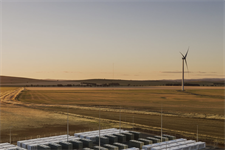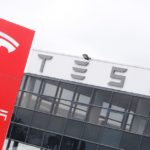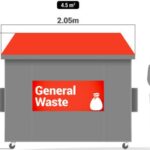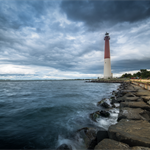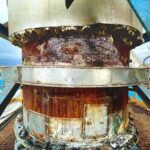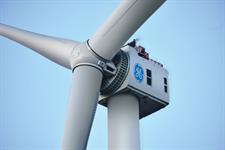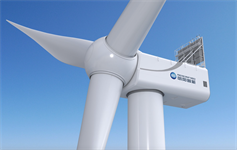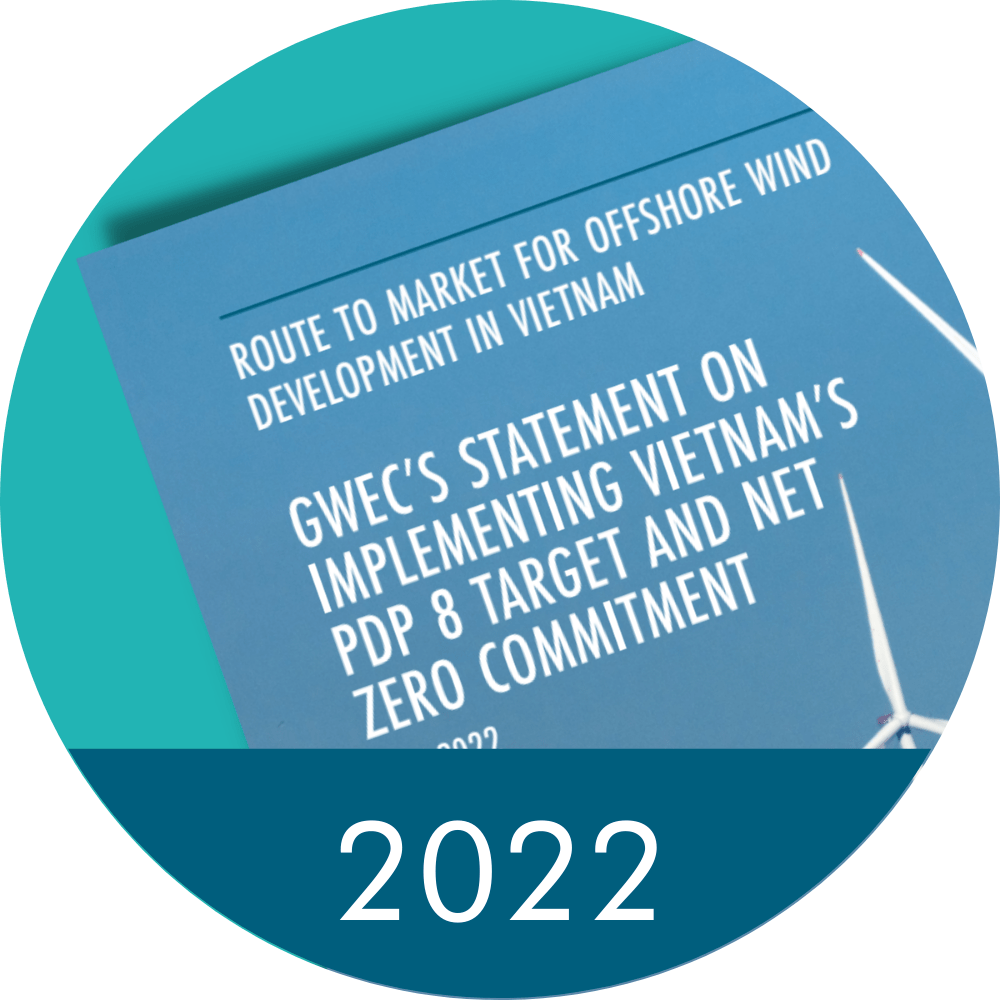Tesla battery operator sued in Australia over alleged service failures
Energy Disrupter
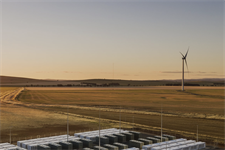
The Australian Energy Regulator (AER) is suing the operator of a massive Tesla battery over alleged failures to provide contingency services in 2019.
It has started legal action against Neoen-owned Hornsdale Power Reserve (HPR), which operates a 150MW/193.5MWh battery that is co-located with the 315MW Hornsdale wind farm in South Australia.
The regulator alleges that HPR failed to provide contingency frequency ancillary services (CFAS), which are needed to keep electricity flowing during a power disturbance, as promised.
It is suing for alleged breaches of the National Electricity Rules and seeking financial penalties, declarations and costs.
Neoen Australia’s managing director Louis de Sambucy is on record as saying that the HPR has proven to play a crucial role in maintaining stability to the grid. Windpower Monthly has contacted Neoen for comment.
Tesla boss Elon Musk famously tweeted in March 2017 that his firm could install and commission a storage system in South Australia within 100 days following a series of blackouts in the state over the summer.
The technology firm was then selected to supply the world’s largest installed lithium-ion battery at the Hornsdale wind farm in order to solve power shortages, reduce intermittency and manage peak load to improve reliability.
The case against
Between July and November 2019, HPR made itself available to the Australian Energy Market Operator (AEMO) and was paid to provide market ancillary services, including after a frequency disturbance, according to the AER.
However, the AEMO claims that the Tesla battery could not in fact provide these services.
The AER alleges that HPR’s failure to provide FCAS undermined the market operator’s ability to maintain frequency, jeopardising power system security and stability.
AER Chair Claire Savage said: “It is vital that generators do what they say they can do if we’re going to keep the lights on through the market’s transition to variable renewable generation.”

